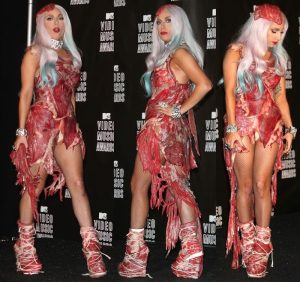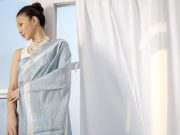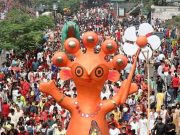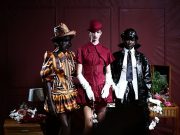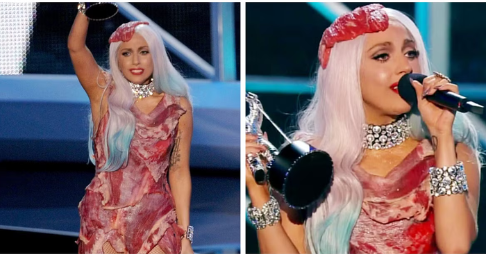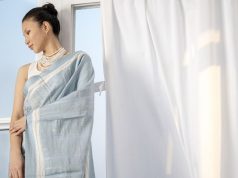In what became one of the most shocking moments of the history of popular fashion, Lady Gaga sent innumerable jaws to the floor during the 2010 VMAs, where she dramatically showed up in full beef laces
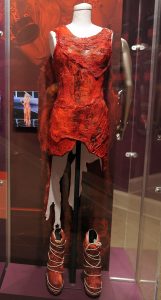
from head to toe-a beeping hot beef dress topped by a beef hat and concluded by carrying a beef purse-and stunned onlookers at what some still say is the height of Lady Gaga’s avant-garde persona.
Designed by the famous artist and designer Franc Fernandez and styled by Nicola Formichetti, what came to be known as the “meat dress” was at first an over-the-top, shock-value statement, but it turned out there was more to it than met the eye in this Lady Gaga fashion choice. Gaga’s outfit made a very strong declaration about identity, body autonomy, and the role of women in society.
A Blunt and Controversial Statement
When Lady Gaga stepped out onto the red carpet of the 2010 VMAs, photographers and viewers alike had their eyes on the raw beef dress. The supposed large slabs of beef stitched together as a garment seemed wild and almost grotesque. Gaga, with her reputation for avant-garde attire and penchant for pushing the bounds of fashion, had yet again made her mark on the fashion world.
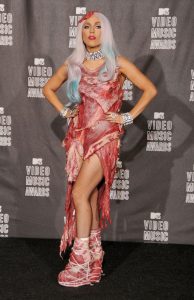
The meat dress was not just a fashion statement but a symbolic act meant to challenge societal expectations of women, as well as to spark conversation about personal freedom and the way women are objectified. In interviews following the event, Lady Gaga explained that the dress was a protest against the U.S. military’s “Don’t Ask, Don’t Tell” policy in effect at the time that banned openly gay, lesbian, and bisexual individuals from serving in the military. Her bold statement about the objectification of human and animal bodies, even the treatment of out-group members in society, is what Gaga was getting across by wearing a raw-meat dress.
To Gaga, the dress was a commentary on the public and media objectifying her body and making her out to be a sum of physical parts with no talents, intellect, or creativity. She took it into her own hands and controlled that through the use of self-expression using the dress and rebelling against a typical stereotypical image of what women are perceived as in entertainment.
Public Reaction
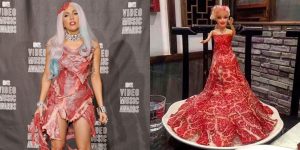
The dress made of meat was bound to create quite a sensation. The shock value of the dress created debates the world over, with most people criticizing it as a publicity stunt or questioning whether it was appropriate. Many referred to it as grotesque and distasteful, while some saluted Gaga’s guts and her ability to raise essential debates.
The meat dress also came under attack by animal rights activists, with some considering it a callous usage of animal products and others believing that Gaga used the meat as a symbol to make statements about body control and self-expression rather than as a statement about the consumption of animals. Whatever the case, there is no denying the fact that the dress created quite an impact, with articles, discussions, and social media posts galore on its appearance.
Cultural Impact
Despite the backlash, over time, Lady Gaga’s beef dress became one of the greatest moments in fashion history; it epitomizes just how relentless she has been in making leeway for using fashion as a form of art, taking leaps and bounds toward her freedom with self-expression. It went on to be immortalized within pop culture, remaining a continuing point of reference when discussing celebrity fashion or activism.
The meat dress was not a moment in Lady Gaga’s career but an emblem of her persona: one who doesn’t fear being different, provocative, and vocal. It mirrored the spirit of her artistry pushing the limits of pop music, performance, and visual culture, using her platform to stand up for social issues.
